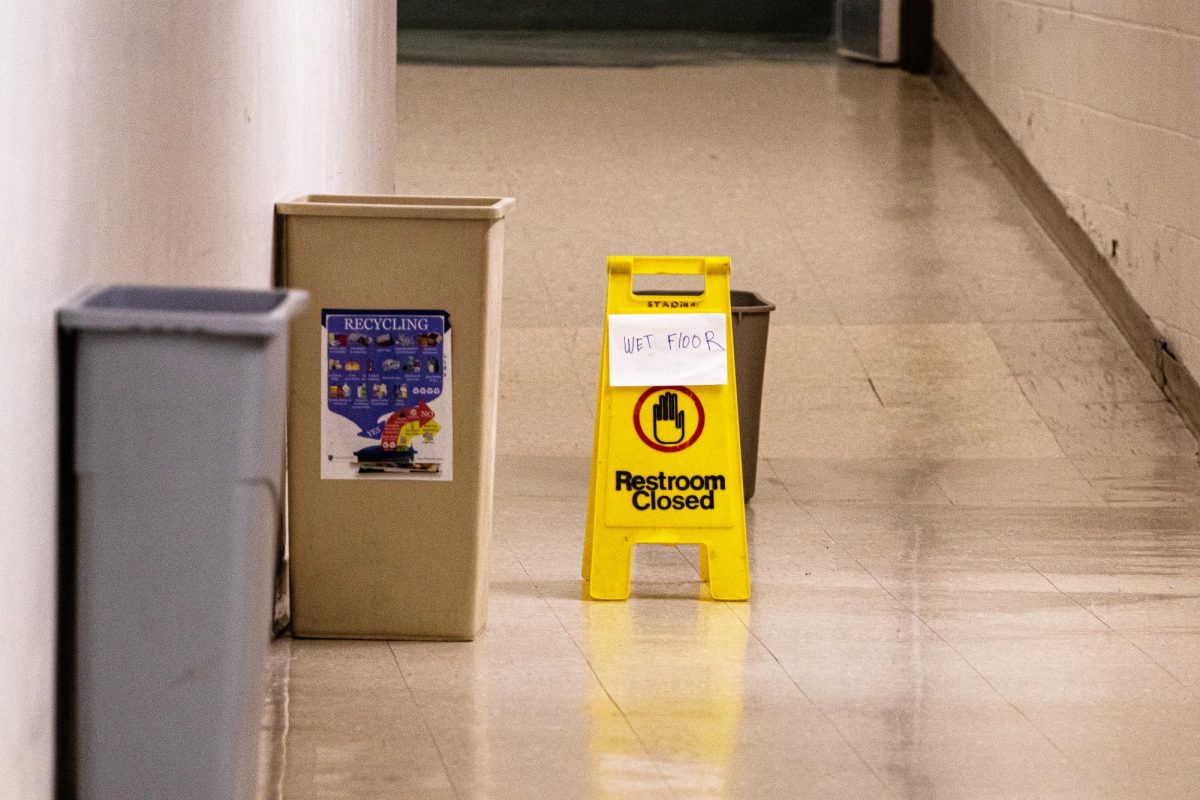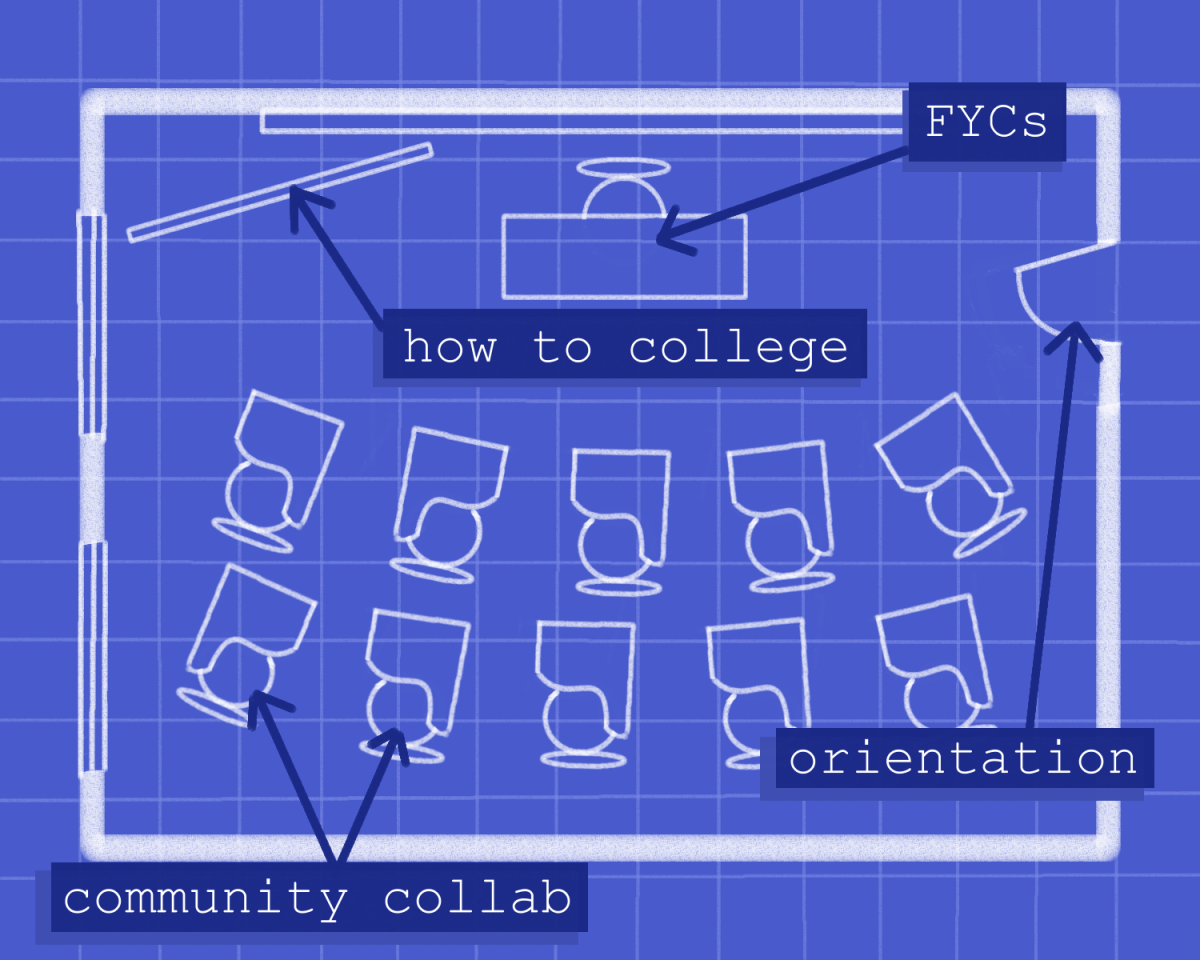On my way to work last weekend, I noticed a familiar sight. Stuck between the hands of a woman who sat across the aisle on the 84 bus, there was Fifty Shades of Grey, the incredibly popular erotic novel that includes sadomasochistic sex scenes. The Fifty Shades fever has died down for the most part. On slow days, gossip sites report on who is and is not in the talks for the movie, but the main artifact of the craze is the occasional book whipped out on public transportation.
While I have a personal vendetta against Fifty Shades of Grey because I believe it depicts an unhealthy coercive relationship and because the protagonist refers to her genitalia as “down there” the majority of the time, I am thankful at least that it has brought up discussion about BDSM in the mainstream. Even if you do not engage in the practices yourself, I think BDSM is a great mental location to examine consent, pleasure and sex positivity, even for the non-BDSM “vanilla” relationships.
So what is BDSM? The acronym itself is a complicated jumble of different types of play: B&D for bondage and discipline; D/s for Dominance and submission; S/M for sadism and masochism. Some relationships feature only parts of the acronym, while others (such as discipline with D/s) work off one another to a build an experience. Generally, there is at least one Dom and one sub, or a giver and a receiver of pain/punishment/et cetera. There could also be switches involved, who are people who enjoy both giving and receiving. Contrary to popular superstition, very few relationships are a Total Power Exchange (TPE, or 24/7), which would grant the Dom exclusive decision-making power over the sub in all aspects of their lives. Instead, enthusiasts play a “scene,” which is a specific time frame that the partners involved agree to act through their particular form of BDSM.
Because of the nature of BDSM, consent and healthy relationships initially look different between Doms and subs. If they do not understand how anyone could derive pleasure from pain or punishment, some mistakenly read the consensual acts of a scene as violence, thus conflating abuse with BDSM. What these naysayers ignore is the culture of explicit consent in alt life that forms the core of healthy BDSM.
This culture gives way to the phrase Risk-Aware Consensual Kink (RACK). This does not refer to a formal set of guidelines but a ideology of consent. RACK values having an acute sensitivity of what is being done. It is not enough to stumble across an incident or a pleasurable time. You have to know what you are getting into (presumably with research), judge whether the costs involved are worth the gains, and then actively accept the conditions. While this meaning may be intuitive based on the words involved, it still bears examining closely since the process of negotiating a BDSM partnership is a very sex positive approach to founding a relationship. The purpose of RACK, after all, is to ensure that BDSM participants are aware that their sexual expression—kink—involves a level of risk, and they have decided that their pleasure is worth said risk if done consensually.
Within any discussion on BDSM held to RACK guidelines, one of the key points is the power of the sub. BDSM references aggressively counter the misreading of RACK-adhering BDSM as parading the powerlessness of the sub. It appears that the Dom owns all the control during a scene, especially when involved in a TPE; the Dom, after all, is usually the one striking. The visceral physicality of BDSM can appear frightening to an untrained eye.
In reality, the entire relationship depends on the consent and engagement of the sub. A BDSM relationship needs all of the participants to have their wants met. One of the main ways a sub participates in the power exchange as much as their Dom is by defining boundaries through negotiations and by stating triggers that will upset them. There are also safe words/actions. These are previously chosen signals a sub can use to slow down, completely stop, or encourage a scene. Having safe words builds the idea into the fabric of a BDSM experience that people’s level of comfort and consenting ability can change part way through an encounter, and that it’s perfectly okay to bow out if needed.
Whether it’s verbal or in print, a contract between Doms and subs is taken seriously. If a Dom or sub serially ignores agreed-upon terms or safe words, word gets out and you can be blacklisted from the alt life BDSM scene. Much BDSM literature describes the importance of community in a BDSM enthusiast’s life; there are many venues available for practitioners and the community can be a vital space of learning, growth and pleasure for people interested in BDSM. People look out for one another, and while there are inherent problems with surveillance and gossip, I think there is something powerful about an entire community reacting to a negative force and trying to foster a safer environment for their pleasure.
Negotiation, inclusive power dynamics, stops and holding one another accountable are values that transcend the BDSM scene. I understand that I am discussing BDSM in its most ideal, healthy state, and that there are unhealthy relationships within it. BDSM can become extremely dangerous, in terms of the extremity of a kink or what comes out of being with an unskilled Dom. Thinking about RACK can help guide better, safe options for all participants, and I believe it would help create a safe, more sex positive culture overall should more people adopt the intentionality of the RACK-adhering BDSM.











Megan Mackenzie • Sep 11, 2019 at 7:17 pm
I am impressed with this site, real I am a fan.
Megan Nolan • Sep 10, 2019 at 1:14 pm
After research a few of the blog posts in your web site now, and I actually like your way of blogging. I bookmarked it to my bookmark web site list and might be checking again soon. Pls try my web page as nicely and let me know what you think.
Grace Howard • Sep 7, 2019 at 1:55 am
Hi there mates, its great paragraph on the topic of tutoringand entirely defined, keep it up all the time.